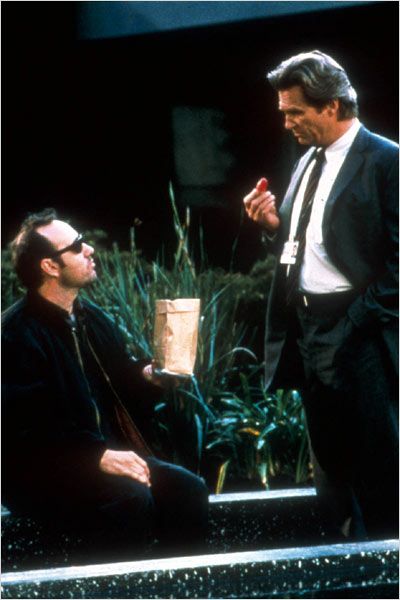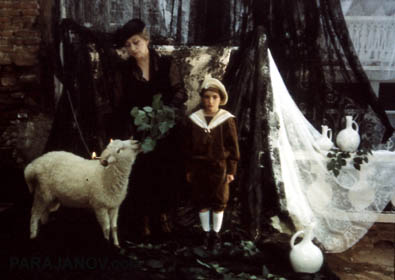A program note written for the London Film Festival in 1976, held at the National Film Theatre in November. On November 17, at the first of two screenings, Duelle appeared as a double bill with the world premiere of Noroît, which was shown immediately afterwards, with Rivette in attendance. –- J.R.
Twhylight (Duelle)
FRANCE 1975

Labelled the second feature in [Jacques] Rivette’s four-part Scènes de la Vie Parallèle, Duelle is in fact the first to be completed. Like all the films in the projected series, it covers the ‘Carnival’ period between the last new moon of winter and the first full moon of spring: the only time when goddesses can appear on earth and have commerce with mortals. These goddesses are split between moon ghosts and sun fairies; in Duelle, we find a ghost (Juliet Berto) and a fairy (Bulle Ogier) competing for possession of a diamond known as the Fairy Godmother which can keep them on earth past their allotted forty days.With a non-existent word (the female form of a masculine noun) as title and an imaginary muth as starting-point, Duelle deliberately defines itself through contradictions and clashes, maintaining a perpetual disequilibrium of elements that equally flirts with and refuses the comforting balances of ‘classic’ narrative. Read more
From the Chicago Reader (November 2, 2001). — J.R.

K-Pax
**
Directed by Iain Softley
Written by Charles Leavitt
With Kevin Spacey, Jeff Bridges, Mary McCormack, Alfre Woodard, David Patrick Kelly, Peter Gerety, Saul Williams, and Celia Weston.

The last chapter of Robert Lindner’s best-seller The Fifty-Minute Hour, which I read when I was a teenager, was the first thing I was reminded of while watching K-Pax, a movie about a New York shrink at a psychiatric hospital (Jeff Bridges) treating a brilliant man (Kevin Spacey) who calls himself Prot and claims to come from a planet called K-Pax. In each story a psychiatrist finds himself seduced into half believing the SF projections of one of his patients, and part of the allure of that setup — like the case studies in an Oliver Sacks collection — is that we’re invited to flirt with the poetic notions behind some of its suppositions.
Based on a novel by Gene Brewer and written by Charles Leavitt, I can’t discount the undeniable pleasure of watching Spacey and Bridges act up a storm, but a lot of what makes this movie watchable and compelling is precisely what’s bogus about it: it gives in to a desire to generalize about people who are mentally ill — a group that doesn’t necessarily include Prot — and to feel satisfied and astute about those generalizations. Read more
From the Chicago Reader (January 26, 1996). — J.R.

This program of 35-millimeter experimental films selected by Bruce Posner is a mixed bag, though there’s no denying the intensity of the works. That may be part of the problem: including musical interludes between clusters of films is a good idea, but it backfires because two of the interludes are as aggressive as the films, denying us a contemplative moment when we might catch our breath. But I can still think of two good reasons for seeing this show. There’s an awesome eight-minute fragment by Sergei Paradjanov, literally made on his deathbed, called Confession (1990) that easily surpasses his last two features and deserves to be ranked alongside his sublime Sayat Nova; it centers mainly on a long take juxtaposing a group of musicians (whose music is unheard), an apparent funeral, and various ritualistic activities — all happening at once in the same hallucinatory space in a way that recalls juxtapositions in medieval paintings. And then there are the dated but undeniably lively silent abstract expressionist works made between 1967 and 1992 by Stan Brakhage, the best of which are Night Music (1986) and The Dante Quartet (1987), where the tempi are sufficiently varied to justify the poetic and musical analogies implied in the titles. Read more




